Content from the Brookings Doha Center is now archived. In September 2021, after 14 years of impactful partnership, Brookings and the Brookings Doha Center announced that they were ending their affiliation. The Brookings Doha Center is now the Middle East Council on Global Affairs, a separate public policy institution based in Qatar.
The killing of Qassem Soleimani has opened a Pandora’s box for the U.S.–Iran conflict amid a tumultuous geopolitical moment in the region, writes Ali Fathollah-Nejad. This piece was originally published by PBS NewsHour.
Through the targeted killing of Qassem Soleimani, Iran’s notorious commander of the Quds Force — the Revolutionary Guard Corps’ powerful foreign-operations arm — along with Iran’s main military man in Iraq, Abu-Mahdi Muhandis, the U.S. has clipped the wings of Iran’s expansionist regional policies. By the same token, this dramatic move has opened a Pandora’s box for the U.S.–Iran conflict amid a tumultuous geopolitical moment in the region.
The Supreme Leader of Iran, Ayatollah Khamenei, took the extraordinary step of attending a meeting of the Supreme National Security Council for the first time ever to address the emergency in Tehran. The rulers in the Islamic Republic, for understandable reasons, are in a state of shock following this unparalleled blow.
There has barely been a superlative not used to describe Soleimani — from a world-renowned master strategist to a prophet-like figure led by pure devotion to the ideals of the Islamic Revolution. He was a cult hero among the IRGC and its regional Shia militias, as well as a key confidante of Khamenei.
Soleimani was the personification of the Islamic Republic’s revered and loathed regional policies, and served as a de facto leader in carrying it out. In the aftermath of the 2003 U.S. invasion of Iraq, he was the main architect behind the expansion of Iranian regional influence and power, working to fill the vacuum created by the war. As Iran was deprived of conventional military capability as a result of sanctions, Soleimani built and emboldened Iran’s asymmetric power built on a regional network of proxies and allies — known to Tehran and its allies as the “Axis of Resistance.” He was thus revered by his friends and foes alike, even among senior American and Israeli military strategists. As a result of his strategy centered on the idea that offense is the best defense, Iran emerged as the region’s indispensable power. In Syria, it was Soleimani who helped the embattled Bashar al-Assad survive his own Arab Spring, through a reckless and bloody campaign against regime opponents.
The other high-profile target killed in Friday’s airstrikes, Soleimani’s man in Iraq, Muhandis, was the deputy but de facto commander of the Popular Mobilization Units (PMU, or al-Hashd al-Shaabi) – the conglomerate of Shia militias developed by Soleimani – and the commander of its most notorious component Kata’ib Hizbollah (KH). As such, Muhandis was the key military confidant of Tehran. Spending most of his adult life in Iran, he began working with the IRGC during the Iran–Iraq War and returned to Iraq in 2003 after Saddam Hussein was toppled. KH became Iran’s most effective proxy militia.
However, Soleimani was killed just as the ground on which the regional empire he created has begun to shake. The ongoing protests in Iraq and Lebanon have called for the sectarian and corrupt political classes in both countries to step down. In both Beirut and Baghdad, Tehran has been part of those political systems, and as such, complicit with their wrongdoings.
Especially in Iraq, the Shia population has risen up against Iran’s outsized role and overt interference in their country’s affairs. Until recently, Soleimani was chairing key Iraqi security meetings. This was also the case after the peaceful Iraq protests broke out last October, when he suggested a lethal crackdown on those protests — carried out by Iran-aligned militias like KH — that killed hundreds of Iraqis. His famous line reported from that meeting, “We in Iran know how to deal with protesters,” was also an omen for the unprecedented lethal crackdown of the Iran protests a month later. When Khamenei was reportedly enraged and disappointed over Iranian protesters bringing down and burning his effigies, Soleimani vowed revenge if only one tear was shed by Khamenei. Soleimani was thus the face of the Islamic Republic as a counterrevolutionary force in successive waves of the Arab Spring, while protesters in Iran have feared the deployment of his well-trained regional militiamen to crack down on them.
Therefore, as much as Soleimani was revered and respected as the genius operator in Iran’s part of the world, his death has been a cause of celebration on Iraqi streets and among Syrians who loathed him for his role in bringing death and destruction to their homelands.
Soleimani’s killing might unleash an unpredictable backlash from forces loyal to him throughout the region and beyond. But in Iran, staged and spontaneous public mournings of his loyal followers are overshadowed by most Iranians’ overt indifference for the killing of this top regime figure, thought to be second only to the supreme leader. The regime’s more recent PR campaign portrayed him as primarily a nationalist figure, responsible for Iran’s regional power ascendance, and chief protector of Iran’s national security through his role in the defeat of the Islamic State militant group, while also being a rare regime figure not engaged in the élite’s widespread corruption — a portrait that some have bought into. In general, however, most Iranians fear the fallout of his killing: a catastrophic war.
Expectedly, Iranian leaders’ threats of retaliation have been bombastic. An IRGC spokesman said that the killing has opened a “new chapter” for the IRGC and the “Axis of Resistance,” who would retaliate across the Islamic world for the “martyr Soleimani,” soon turning the “Americans’ and Zionists’ current joy” into “mourning.” The spokesman then claimed that the IRGC “has many other Qassem Soleimanis” who were thus far not presented to the public out of respect for the acting commanders – a statement that aims at countering the correct, yet unpleasant, suggestion that Soleimani is irreplaceable.
Despite the face-saving urgency to retaliate at a comparable level, Tehran has rather poor choices to do so – and it knows that.
Despite the face-saving urgency to retaliate at a comparable level, Tehran has rather poor choices to do so – and it knows that. A full-blown war with the U.S. could jeopardize regime survival, while an escalation in the Persian Gulf will deprive Iran of what remains from its decimated oil income. In Iraq and in Lebanon, there might be a chance of some sort of retaliation against American or Israeli interests. Yet, in both cases, the costs cannot be underestimated, not least because of the increasing unpopularity of Iran and its aligned groups there. The least risky response would be a more dramatic escalation in the nuclear conflict, where Iran is poised to announce its next step in reducing its nuclear deal commitments.
Soleimani’s killing is a double-edged sword. It sends a powerful and effective message to Tehran that its regional expansionism will no longer be unanswered, while potentially plunging the Middle East into a more chaotic and unpredictable situation. No matter what, we have entered uncharted territory, which leaves regional and international actors frightened about what might still be on the horizon. Any meaningful military escalation would only produce losers — from plunging the region into a chaotic abyss, disrupting vital oil flows, and last but not least, giving a kiss of death to the peaceful popular uprisings in Lebanon, Iraq and Iran itself.
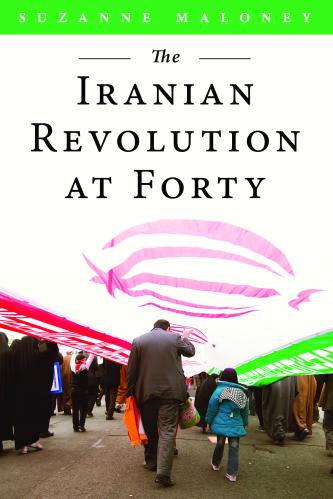
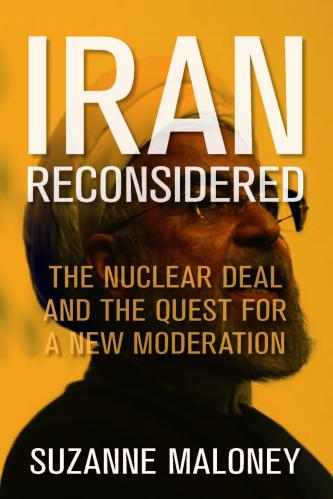
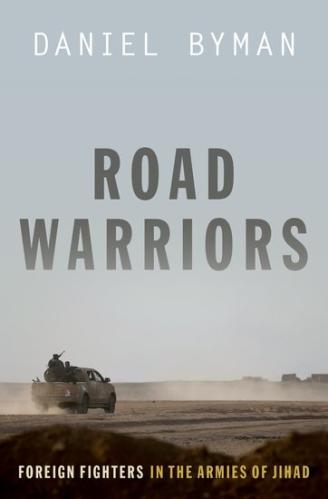
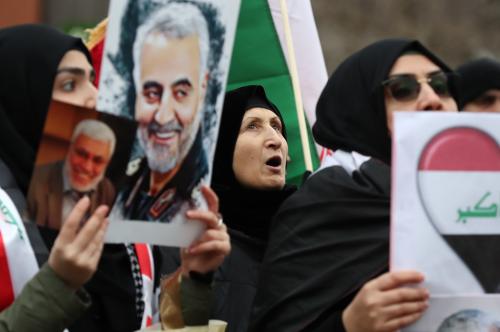
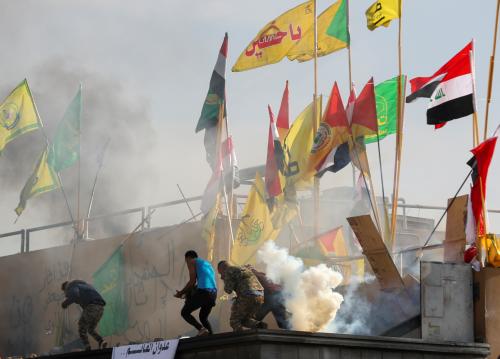
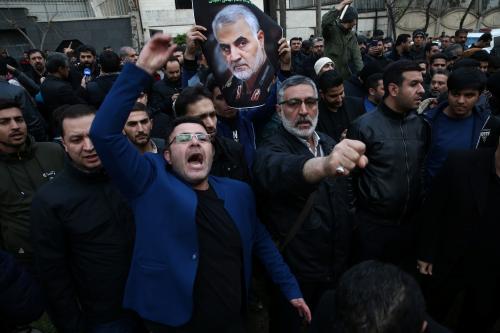


Commentary
What the killing of Qassem Soleimani could mean
January 7, 2020